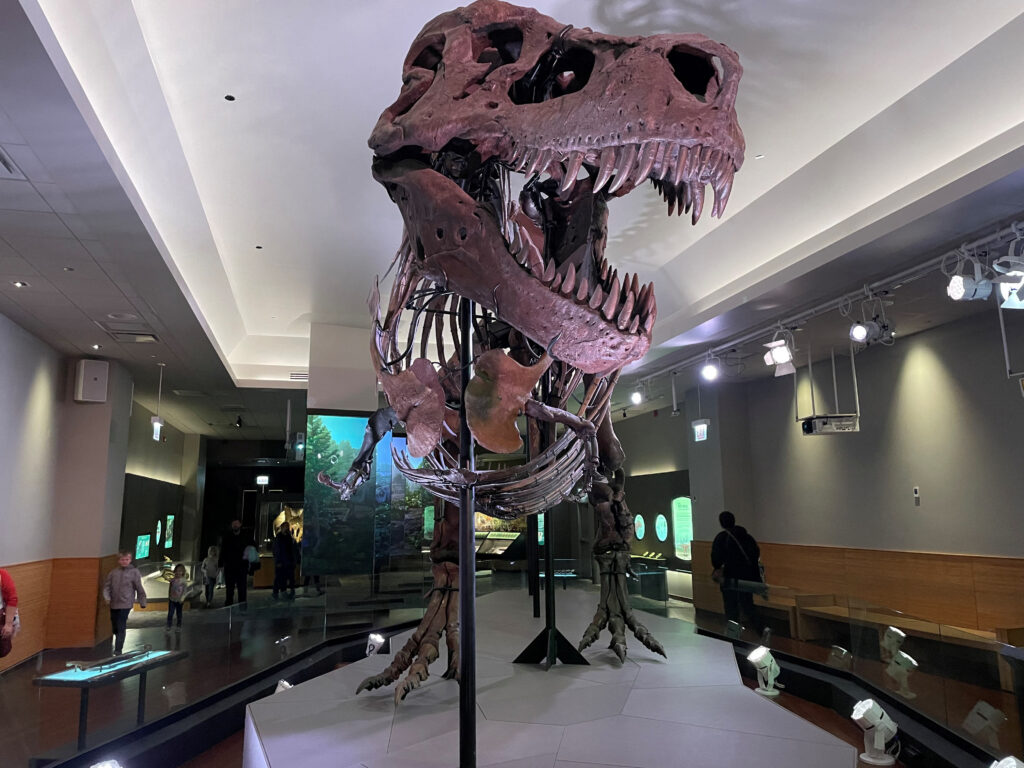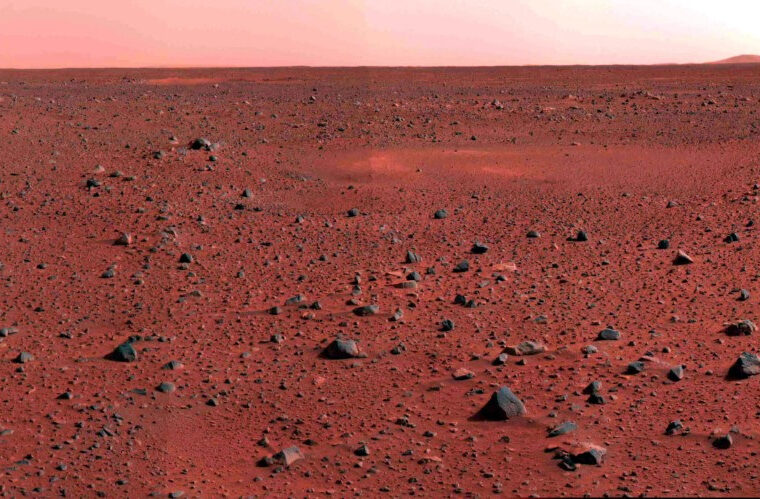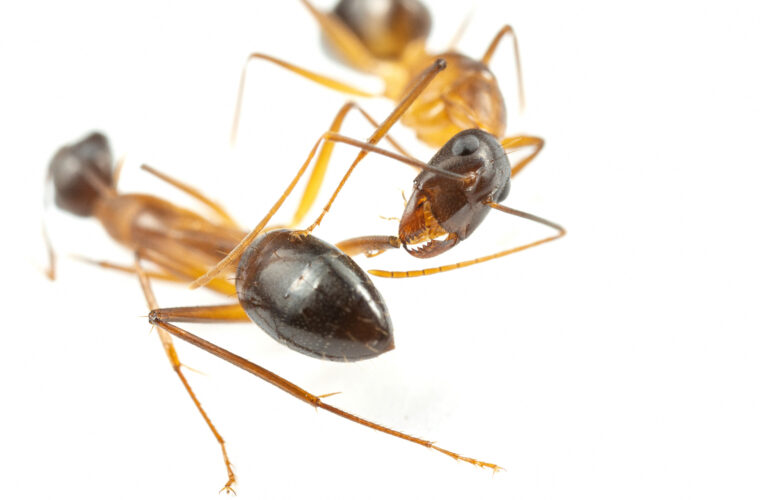
By Will Dunham
WASHINGTON (Reuters) – They probably did not smile, frown or snarl, but T. rex and its relatives almost certainly had the dinosaur equivalent of lips – a new finding by scientists that challenges popular depictions of these predators as having big nasty teeth sticking out of their mouths.
Researchers said on Thursday three lines of evidence – the skull and jaw anatomy in the group called theropods that encompassed all the meat-eating dinosaurs, the wear patterns of their teeth and the relationship between tooth size to skull size – all indicated the presence of lip-like structures.
“Our study suggests that theropod dinosaurs did not have exposed teeth when the mouth was closed,” said Auburn University paleontologist Thomas Cullen, lead author of the study published in the journal Science.
“Dinosaur lips would be different from mammal lips in that they would cover the teeth but could not be moved independently – couldn’t be curled back into a snarl or make other sorts of movements we associate with lips in humans or other mammals. In this way, dinosaur lips would be more similar to those of many lizards or amphibians, even if we typically associate the structure and term with mammals like ourselves,” Cullen said.
These dino lips would have been a scaly counterpart to the kind with which people pucker up. They also would not technically be called lips, but rather “labial scales.”
Scientific and popular culture depictions of Tyrannosaurus and other meat-eating dinosaurs – think of the T. rex in the 1993 movie “Jurassic Park” – often have shown their teeth as exposed like those of crocodiles. In reality, the researchers said, the teeth likely were covered by soft facial tissues as with most land reptiles including Komodo dragons, the world’s largest lizard that inhabits certain Indonesian islands.
“Living monitor lizards like Komodo dragons are perfect living analogues – flesh-eating active predators with surprisingly similar teeth to that of dinosaurs,” said paleontologist and study co-author Robert Reisz of the University of Toronto Mississauga.
Dino lips offer several advantages.
“The full closure of their mouth with labial scale-covered lips protects the inside of the mouth – the oral cavity – against the dry terrestrial environment so that the usual oral environment – the oral glands, sensory organs and moist tongue – would be protected. This represents the normal biological condition for a terrestrial animal, while living crocs diverged from this pattern as they became predominantly aquatic or amphibious,” Reisz said.
Sealed lips would help saliva secretions in the mouth keep teeth, particularly the enamel, hydrated, Cullen said. If teeth are allowed to dry out, they become more prone to damage during feeding or fighting, Cullen added, not ideal if you are the fiercest fighter in the forest.
An examination of the relationship between tooth size and skull size undercut the idea that large theropods simply had teeth too big to be covered by lips. The study identified large lizard species with lips alive today that possess teeth proportionally bigger than T. rex, relative to skull size.
In crocs, teeth show asymmetrical wear, with the side of the exposed teeth facing outward more beat up than the inner side. No such asymmetrical wear was detected when the scientists scrutinized exemplary tooth fossils of Daspletosaurus, a close cousin to T. rex, suggesting the presence of lips.
Finally, an examination of theropod skulls found evidence of small pits along the upper jaws that house nerves and blood vessels to supply lips and gums, structures lacking in crocs.
“We have a much more realistic interpretation of the facial features of theropods, important to understanding their biology,” Reisz said.
Cullen added, “What we are in many ways striving for here is for dinosaurs to be seen for what they actually were – animals – and not purely as movie monsters.”



